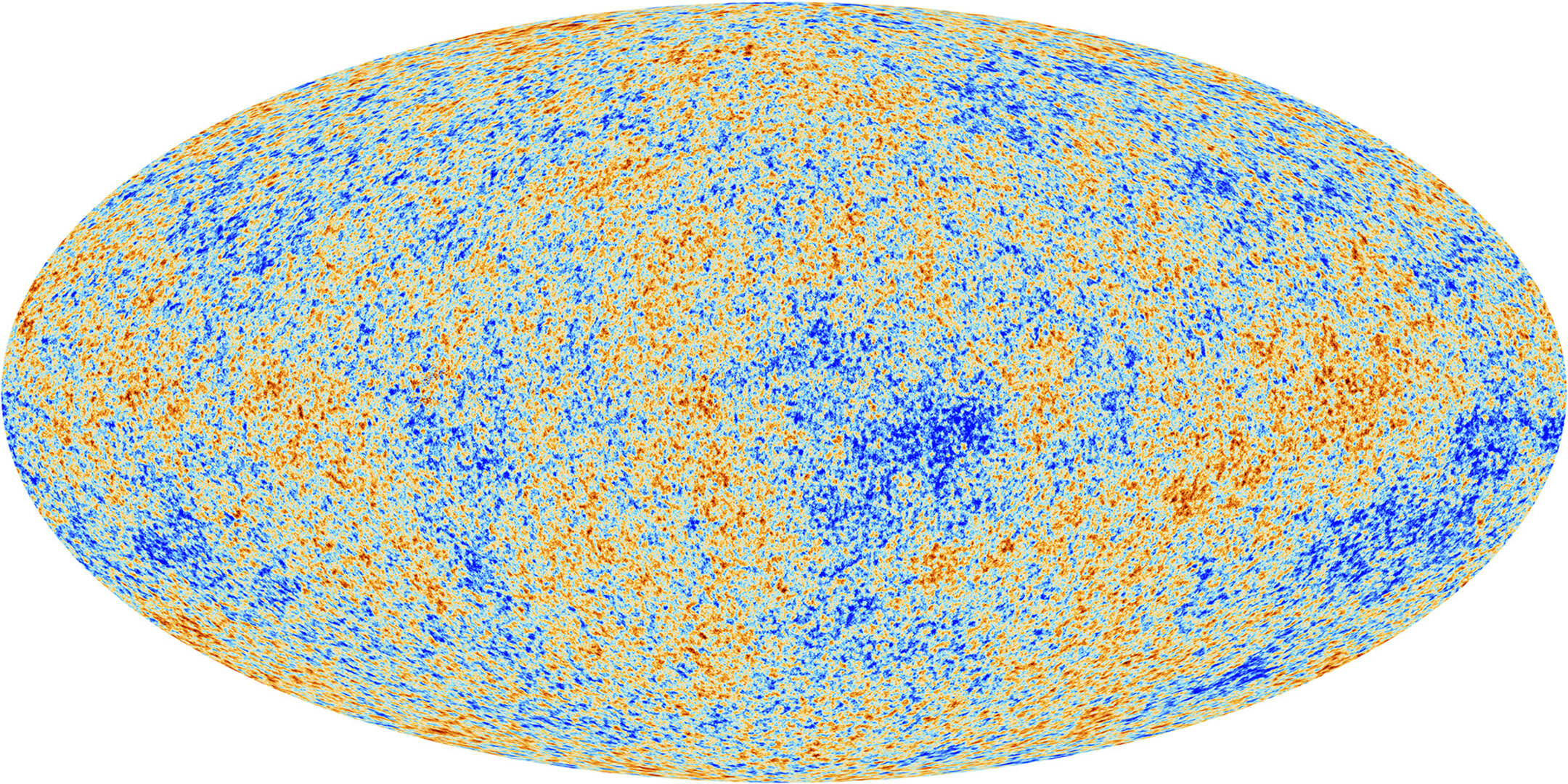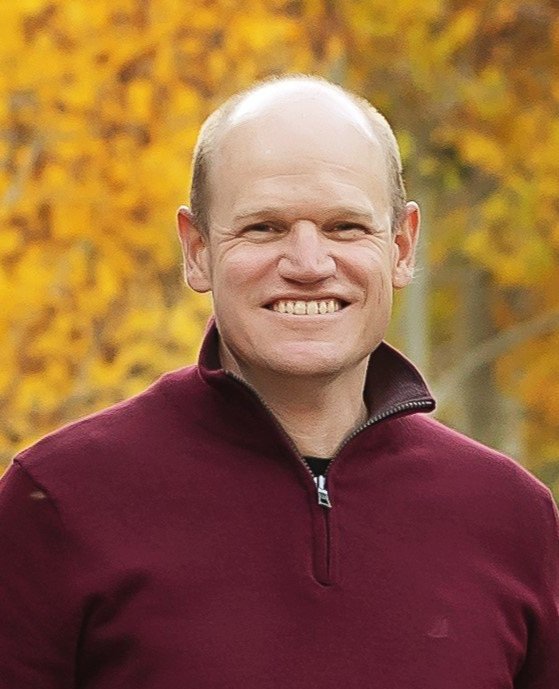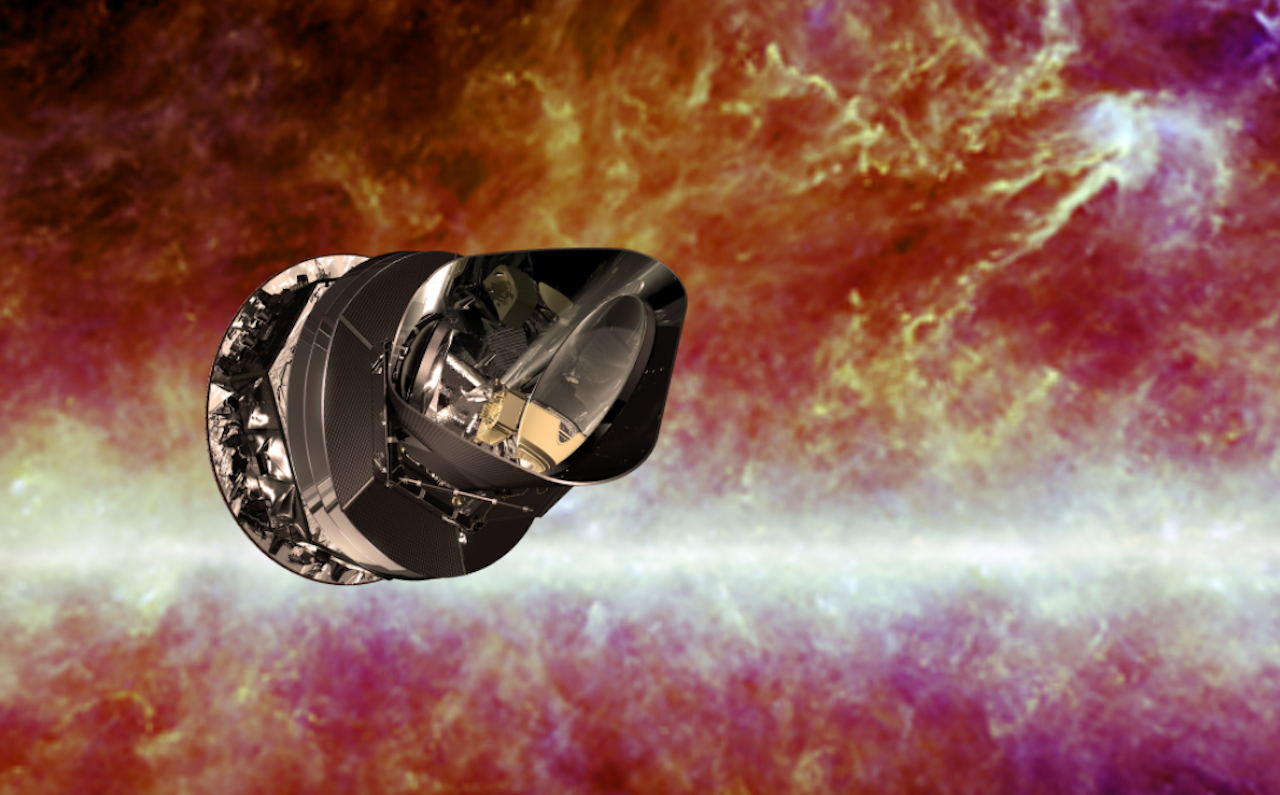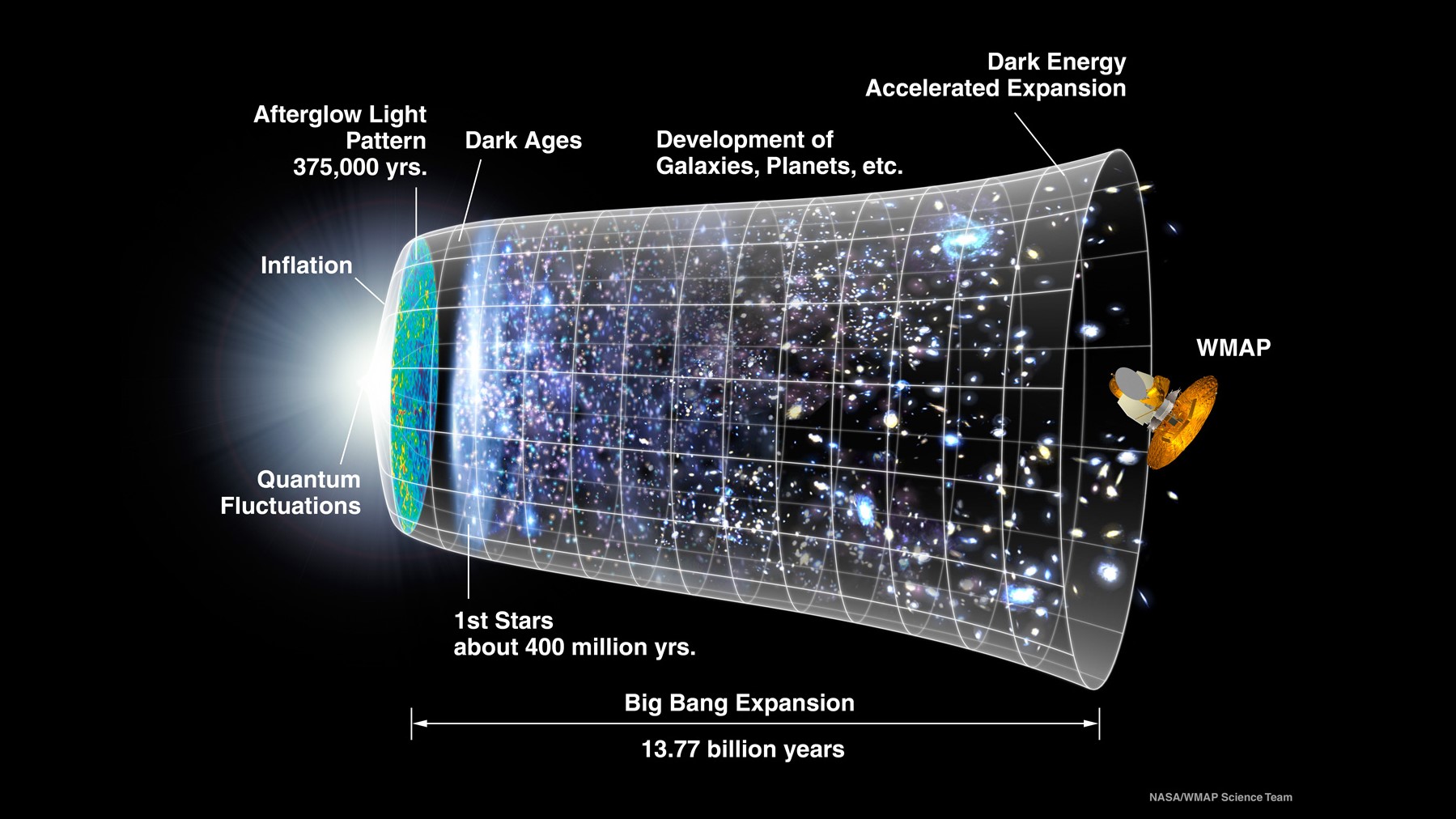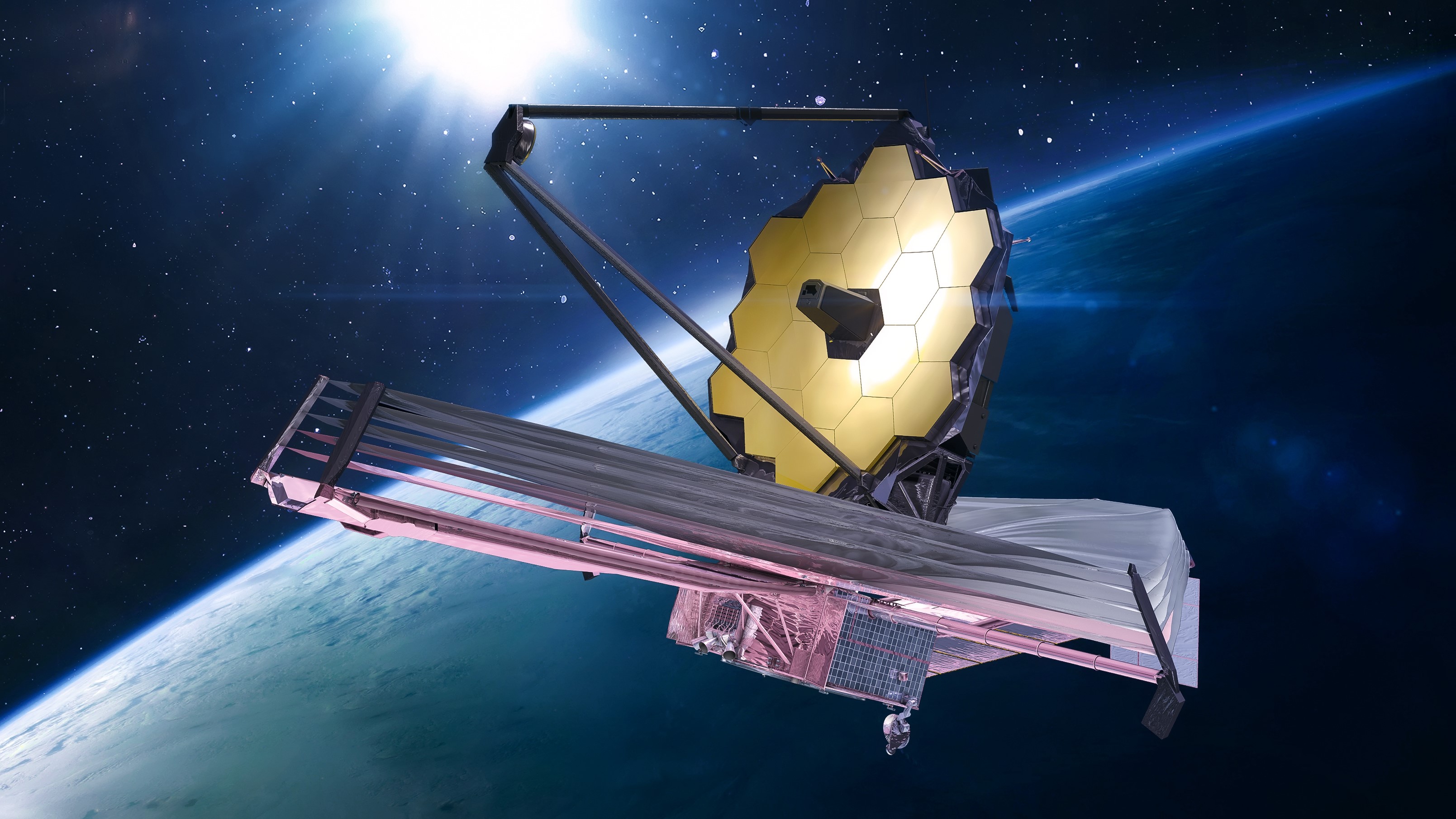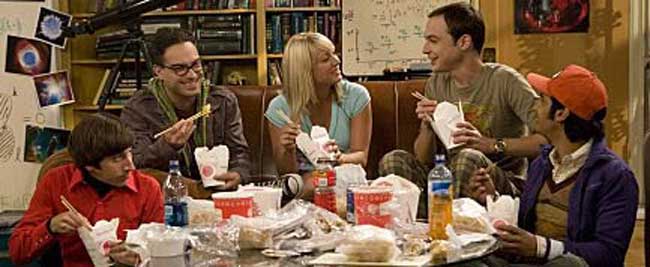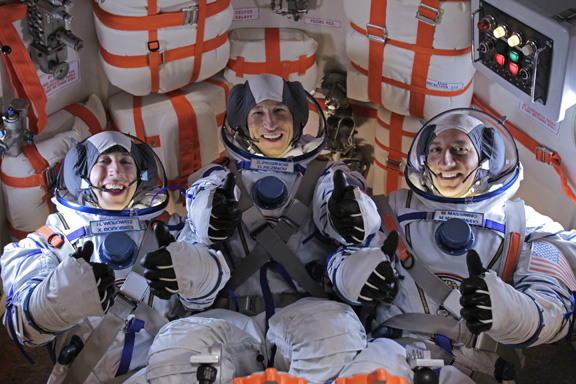What is the Big Bang Theory?
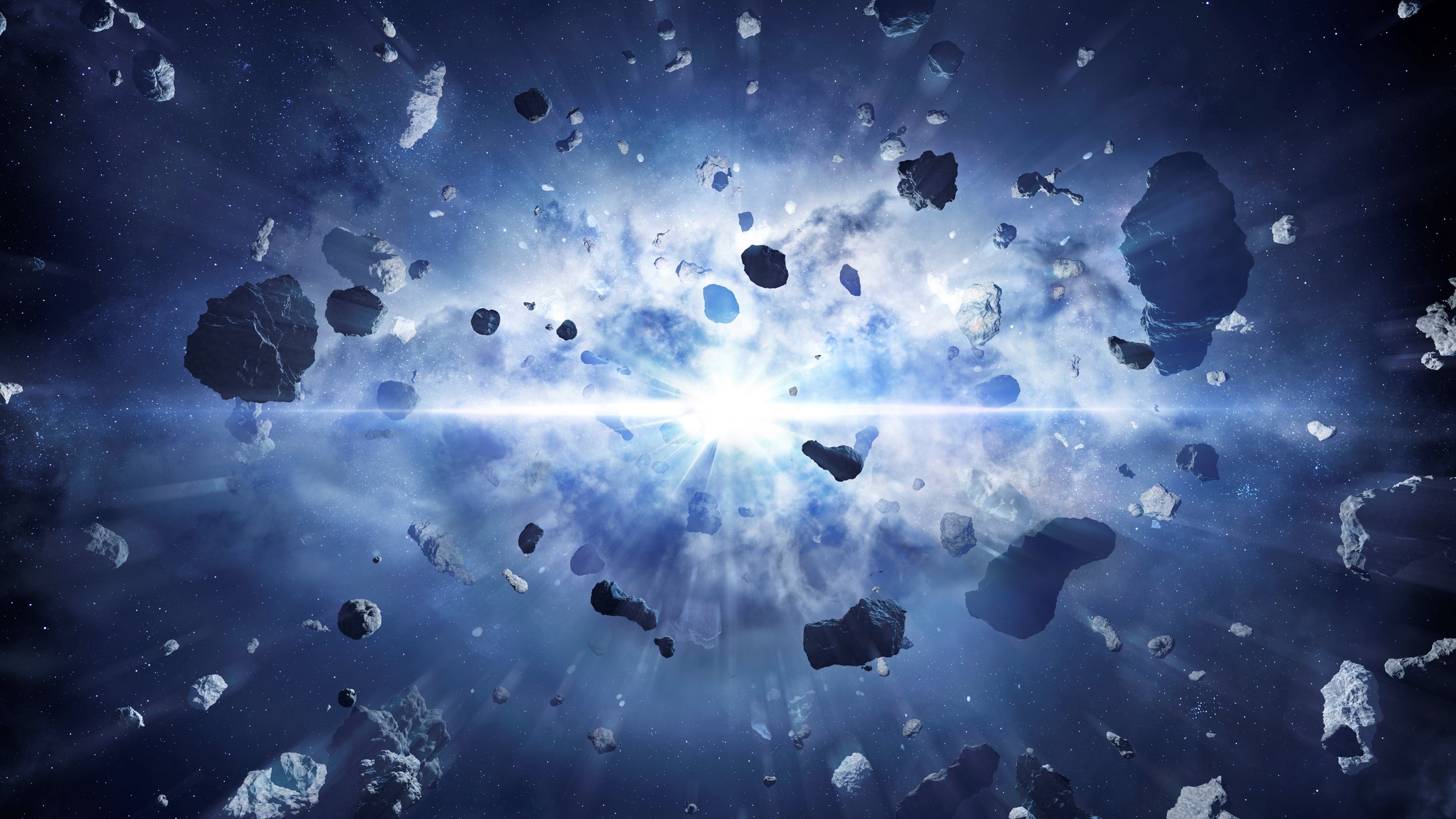
The Big Bang Theory stands as the most widely accepted explanation for the origin of the universe. According to this theory, the universe began as an infinitely small, hot, and dense point, which rapidly expanded and continued to stretch over 13.7 billion years. This initial period of rapid inflation set the stage for the vast and still-growing cosmos we observe today.
Although astronomers cannot directly witness the universe's formation, much of what we know about the Big Bang Theory comes from advanced mathematical models and simulations. Evidence supporting this theory includes the cosmic microwave background, a faint "echo" of the universe's early expansion that scientists can study in detail. While the Big Bang Theory is widely supported within the scientific community, some researchers propose alternative ideas, such as eternal inflation or a cyclical, oscillating universe. These theories aim to address questions the Big Bang does not fully resolve, keeping the debate about the universe’s origins alive and dynamic.
Related: What happened before the Big Bang?
The beginning of the universe
Around 13.7 billion years ago, everything in the entire universe was condensed in an infinitesimally small singularity, a point of infinite denseness and heat.
Suddenly, an explosive expansion began, ballooning our universe outwards faster than the speed of light. This was a period of cosmic inflation that lasted mere fractions of a second — about 10^-32 of a second, according to physicist Alan Guth’s 1980 theory that changed the way we think about the Big Bang forever.
When cosmic inflation came to a sudden and still mysterious end, the more classic descriptions of the Big Bang took hold. A flood of matter and radiation, known as "reheating," began populating our universe with the stuff we know today: particles, atoms, the stuff that would become stars and galaxies.
This all happened within just the first second after the universe began, when the temperature of everything was still insanely hot, at about 10 billion degrees Fahrenheit (5.5 billion Celsius), according to NASA. The cosmos now contained a vast array of fundamental particles such as neutrons, electrons and protons — the raw materials that would become the building blocks for everything that exists today.
Breaking space news, the latest updates on rocket launches, skywatching events and more!
This early "soup" would have been impossible to actually see because it couldn't hold visible light. "The free electrons would have caused light (photons) to scatter the way sunlight scatters from the water droplets in clouds," NASA stated. Over time, however, these free electrons met up with nuclei and created neutral atoms or atoms with equal positive and negative electric charges.
This allowed light to finally shine through, about 380,000 years after the Big Bang.
Sometimes called the "afterglow" of the Big Bang, this light is more properly known as the cosmic microwave background (CMB). It was first predicted by Ralph Alpher and other scientists in 1948 but was found only by accident almost 20 years later.
Related: Peering back to the Big Bang & early universe
This accidental discovery happened when Arno Penzias and Robert Wilson, both of Bell Telephone Laboratories in New Jersey, were building a radio receiver in 1965 and picked up higher-than-expected temperatures, according to a NASA article. At first, they thought the anomaly was due to pigeons trying to roost inside the antenna and their waste, but they cleaned up the mess and killed the pigeons and the anomaly persisted.
Simultaneously, a Princeton University team led by Robert Dicke was trying to find evidence of the CMB and realized that Penzias and Wilson had stumbled upon it with their strange observations. The two groups each published papers in the Astrophysical Journal in 1965.
Big Bang theory FAQs answered by an expert
We asked Jason Steffens, assistant professor of physics and astronomy at the University of Nevada, Las Vegas, a few frequently asked questions about the Big Bang Theory.
Has the Big Bang Theory been proven?
This isn't really a statement that we can make in general. The best we can do is say that there is strong evidence for the Big Bang Theory and that every test we throw at it comes back in support of the theory. Mathematicians prove things, but scientists can only say that the evidence supports a theory with some degree of confidence that is always less than 100%.
So, a short answer to a slightly different question is that all of the observational evidence that we've gathered is consistent with the predictions of the Big Bang Theory. The three most important observations are:
1) The Hubble Law shows that distant objects are receding from us at a rate proportional to their distance — which occurs when there is uniform expansion in all directions. This implies a history where everything was closer together.
2) The properties of the cosmic microwave background radiation (CMB). This shows that the universe went through a transition from an ionized gas (a plasma) and a neutral gas. Such a transition implies a hot, dense early universe that cooled as it expanded. This transition happened after about 400,000 years following the Big Bang.
3) The relative abundances of light elements (He-4, He-3, Li-7, and Deuterium). These were formed during the era of Big Bang Nucleosynthesis (BBN) in the first few minutes after the Big Bang. Their abundances show that the universe was really hot and really dense in the past (as opposed to the conditions when the CMB was formed, which was just regular hot and dense — there's about a factor of a million difference in temperature between when BBN occurred and when the CMB occurred).
Is there any occurrence that contradicts the Big Bang Theory?
Not that I know of. There are some issues that arise with the simplest model of the Big Bang, but those can be resolved by invoking a physical process that is still consistent with the basic premise of the Big Bang Theory. Specifically, the fact that the CMB temperature is the same everywhere, that the universe does not appear to have any curvature, and that density fluctuations from quantum mechanical predictions do not produce galaxy clusters of the right size and shape today. These three issues are resolved with the theory of inflation — which is part of the broader Big Bang Theory.
When was the Big Bang Theory established?
Who came up with the idea?
Hubble was really the person who set up the observations. Evidence continued to mount, especially in the 1970s with the detection of the CMB. The term "Big Bang" was first used in the late 1940s by the astronomer Fred Hoyle — eventually, it caught on in the 1970s.
Modelling the Big Bang
Because we can't see it directly, scientists have been trying to figure out how to "see" the Big Bang through other measures. In one case, cosmologists are pressing rewind to reach the first instant after the Big Bang by simulating 4,000 versions of the current universe on a massive supercomputer.
"We are trying to do something like guessing a baby photo of our universe from the latest picture," study leader Masato Shirasaki, a cosmologist at the National Astronomical Observatory of Japan (NAOJ), told our sister website Live Science.
With what is known about the universe today, the researchers in this 2021 study compared their understanding of how gravitational forces interacted in the primordial universe with their thousands of computer-modeled universes. If they could predict the starting conditions of their virtual universes, they hoped to be able to accurately predict what our own universe may have looked like back at the beginning.
Other researchers have chosen different paths to interrogate our universe's beginnings.
In a 2020 study, researchers did so by investigating the split between matter and antimatter. In the study, not yet peer-reviewed, they proposed that the imbalance in the amount of matter and antimatter in the universe is related to the universe's vast quantities of dark matter, an unknown substance that exerts influence over gravity and yet doesn't interact with light. They suggested that in the crucial moments immediately after the Big Bang, the universe may have been pushed to make more matter than its inverse, antimatter, which then could have led to the formation of dark matter.
The age of the universe
The CMB has been observed by many researchers now and with many spacecraft missions. One of the most famous space-faring missions to do so was NASA's Cosmic Background Explorer (COBE) satellite, which mapped the sky in the 1990s.
Several other missions have followed in COBE's footsteps, such as the BOOMERanG experiment (Balloon Observations of Millimetric Extragalactic Radiation and Geophysics), NASA's Wilkinson Microwave Anisotropy Probe (WMAP) and the European Space Agency's Planck satellite.
Planck's observations mapped the CMB in unprecedented detail. Planck was turned off on Oct. 23, 2013, but the data gathered by the observatory is continually explored.
Related: How old is the universe?
The maps give rise to new mysteries, however, such as why the Southern Hemisphere appears slightly redder (warmer) than the Northern Hemisphere. The Big Bang Theory says that the CMB would be mostly the same, no matter where you look.
Examining the CMB also gives astronomers clues as to the composition of the universe. Researchers think most of the cosmos is made up of matter and energy that cannot be "sensed" with our conventional instruments, leading to the names "dark matter" and "dark energy." It is thought that only 5% of the universe is made up of matter such as planets, stars and galaxies.
Was the Big Bang an explosion?
Although the Big Bang is often described as an "explosion", that's a misleading image. In an explosion, fragments are flung out from a central point into a pre-existing space. If you were at the central point, you'd see all the fragments moving away from you at roughly the same speed.
But the Big Bang wasn't like that. It was an expansion of space itself — a concept that comes out of Einstein's equations of general relativity but has no counterpart in the classical physics of everyday life. It means that all the distances in the universe are stretching out at the same rate. Any two galaxies separated by distance X are receding from each other at the same speed, while a galaxy at a distance 2X recedes at twice that speed.
The rate expansion of the universe
The speed at which the universe is expanding is known as the Hubble constant, and it’s a key piece of the puzzle for understanding how the universe has changed over time and what its future might look like. But there’s a long-standing mystery called the "Hubble Tension."
Scientists get slightly different values for the Hubble constant depending on how they measure it — whether by looking at the afterglow of the Big Bang or using other methods to measure distances in the universe.
Putting it simply, measurements of the expansion rate of the universe, defined by a property called the Hubble constant, just don't add up.
The difference between the two ways of measuring the universe’s expansion, known as the Hubble tension, has left scientists scratching their heads. No one knows for sure what’s causing this puzzling mismatch, but some experts think it might point to new physics — ideas that go beyond what we currently understand about the universe.
JWST and the Big Bang
A telescope is almost like a time machine, allowing us to peer back into the distant past. With the aid of the Hubble space telescope, NASA has shown us galaxies as they were many billions of years ago — and Hubble's successor, the James Webb Space Telescope, has the ability to look even deeper into the past.
NASA hopes it will see all the way back to when the first galaxies formed, nearly 13.6 billion years ago. And unlike Hubble, which sees mainly in the visible waveband, JWST is an infrared telescope — a big advantage when looking at very distant galaxies. The expansion of the universe means that waves emitted from them are stretched out, so light that was emitted at visible wavelengths actually reaches us in the infrared.
The Big Bang Theory: becoming a household name
The name "Big Bang Theory" has been a popular way to talk about the concept among astrophysicists for decades, but it hit the mainstream in 2007 when a comedy T.V. show with the same name premiered on CBS.
Running for 279 episodes over 12 seasons, the show "The Big Bang Theory" followed the lives of a group of scientists, which included physicists, astrophysicists and aerospace engineers. The show explores the group's nerdy friendships, romances and squabbles. Its first season premiered on Sept. 24, 2007, and the show officially ended on May 16, 2019.
Although the show itself didn't dive too much into actual science, the showrunners did hire UCLA astrophysicist David Saltzberg as a science consultant for the entire run of the show, according to Science magazine. Science consultants are often hired for sci-fi and science-related shows and movies to help keep certain aspects realistic.
Thanks to Saltzberg, the characters' vocabulary included a host of science jargon and the whiteboards in the background of labs, offices and apartments throughout the show were filled with a variety of equations and information.
Over the course of the show, Saltzberg said, those whiteboards became coveted space as researchers sent him new work that they hoped might be featured there. In one episode, Saltzberg recalled, new evidence of gravitational waves was scrawled across a whiteboard that ostensibly belonged to famed physicist Steven Hawking, who also approved the text.
The show took some liberties, as it was fictional. This included fabricating some new scientific concepts and fictionalizing the politics of Nobel prizes and academia, according to Fermilab physicist Don Lincoln.
Related: How 'The Big Bang Theory' sent Howard Wolowitz to space
Notably, several characters in the series take trips. One episode sees main characters Leonard, Sheldon, Raj and Howard set out on a research expedition to the Arctic — many physics experiments are best performed at or near the extreme environments of the poles. Another put aerospace engineer Howard on a Russian Soyuz spacecraft and, later, a model of the International Space Station along with real-life astronaut Mike Massimino.
Additional resources
Discover more about CMB on NASA's webpage on putting the Big Bang theory to the test. NASA has also put together what the Big Bang might have looked it in this animation. Here are 5 quick facts about the Big Bang from How It Works magazine.
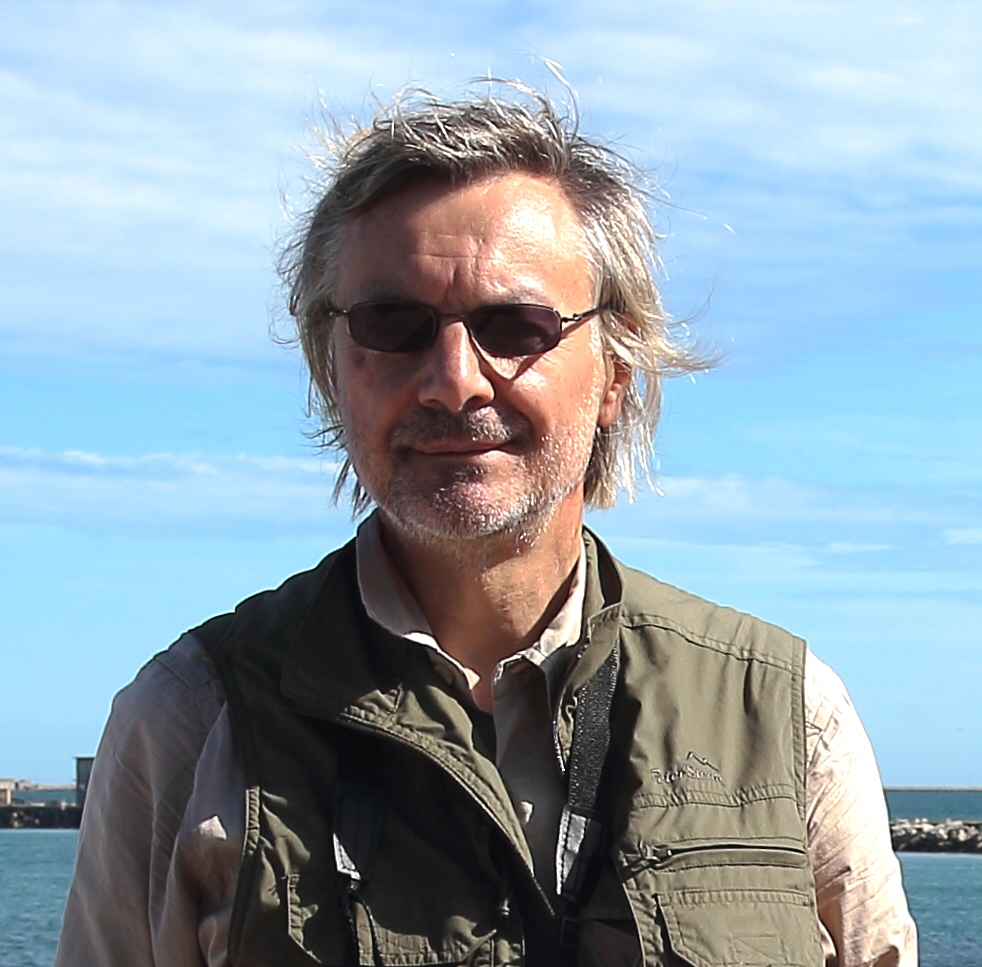
Andrew May holds a Ph.D. in astrophysics from Manchester University, U.K. For 30 years, he worked in the academic, government and private sectors, before becoming a science writer where he has written for Fortean Times, How It Works, All About Space, BBC Science Focus, among others. He has also written a selection of books including Cosmic Impact and Astrobiology: The Search for Life Elsewhere in the Universe, published by Icon Books.
- Daisy DobrijevicReference Editor

